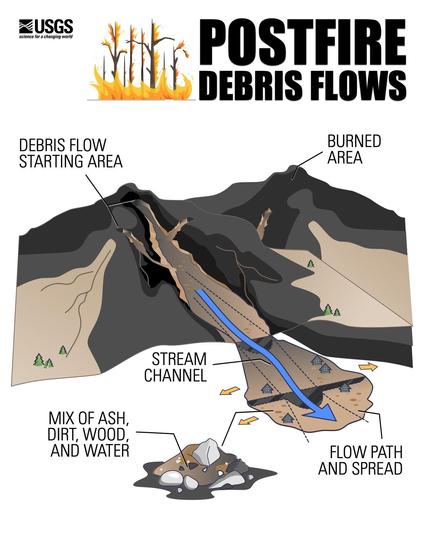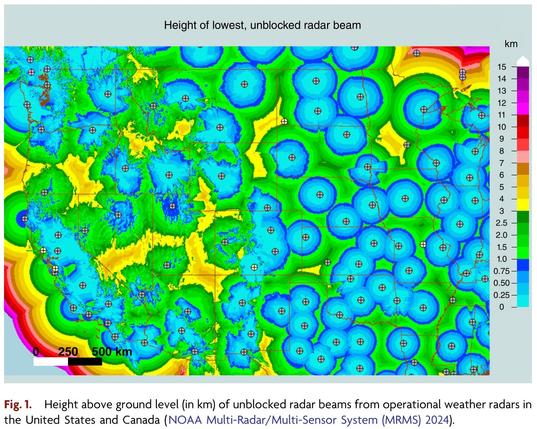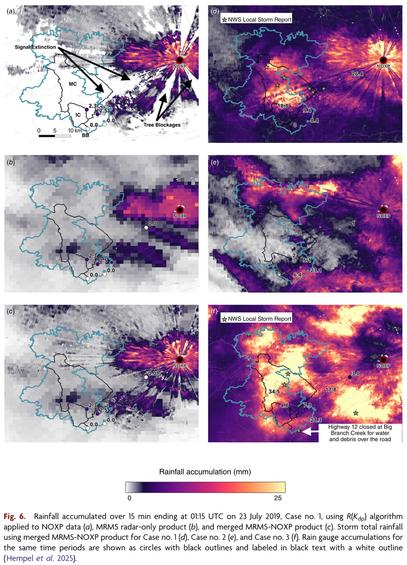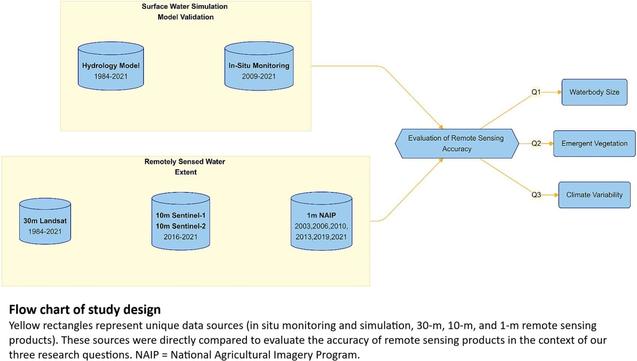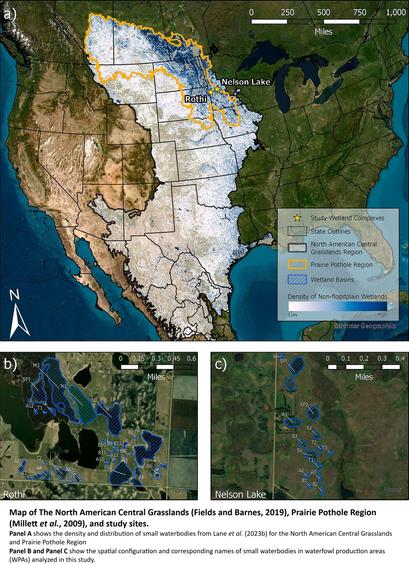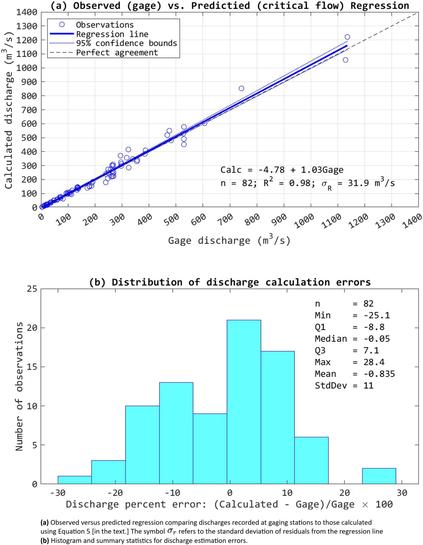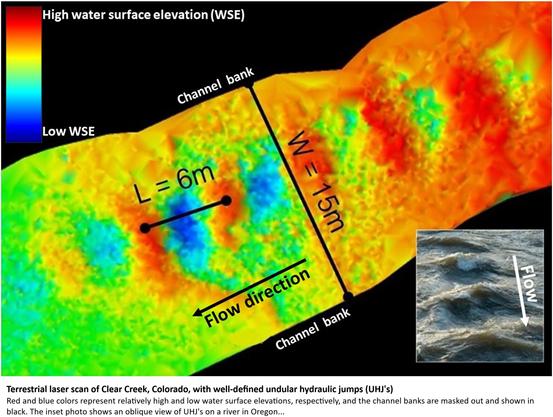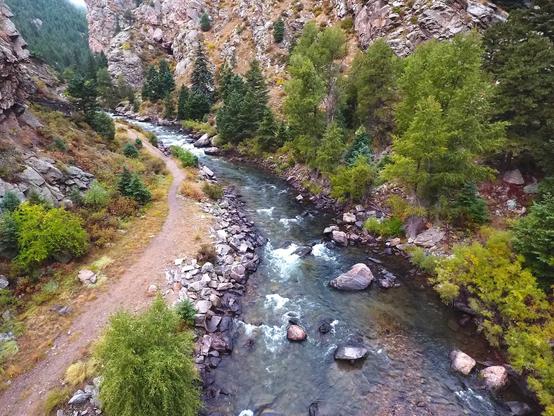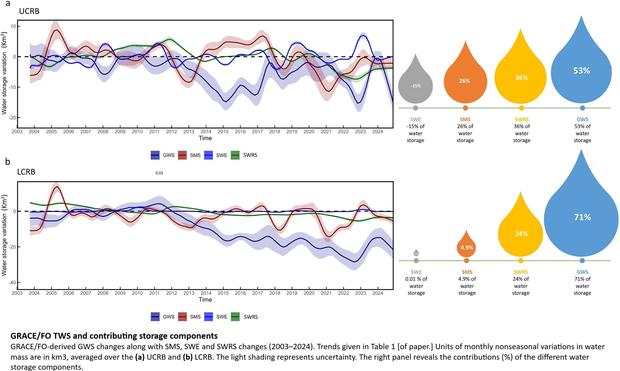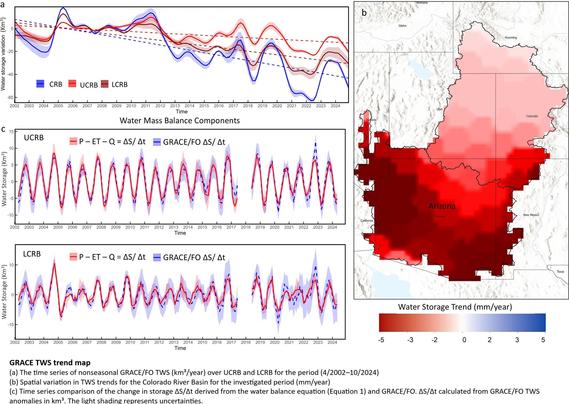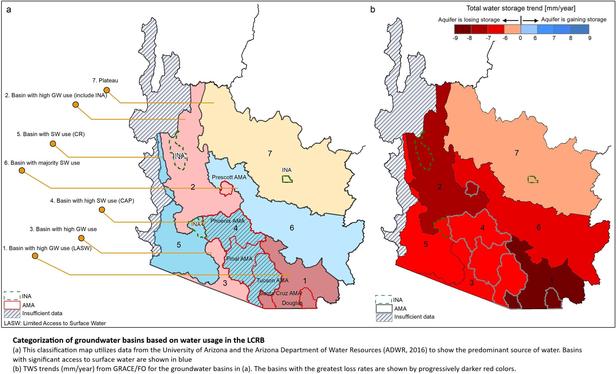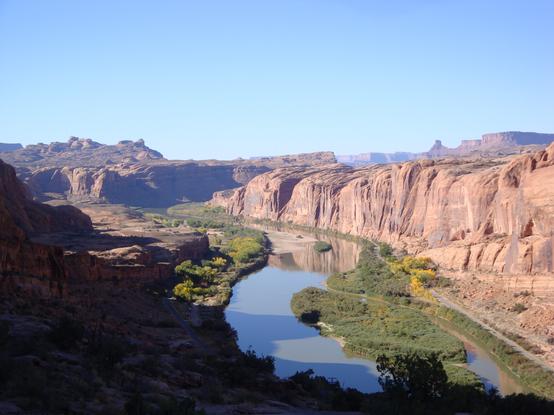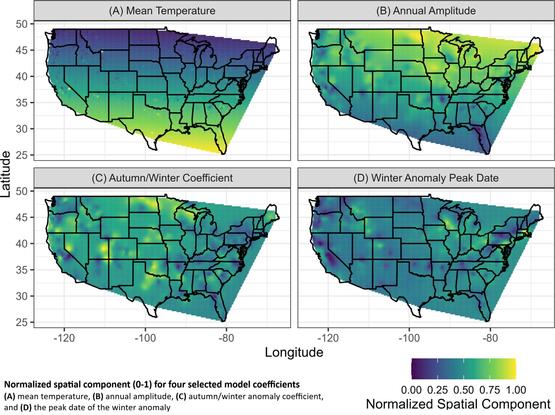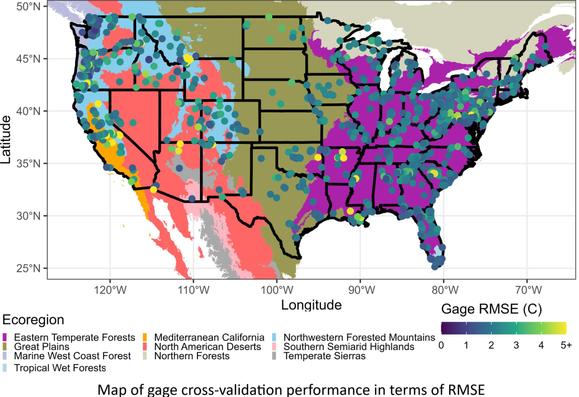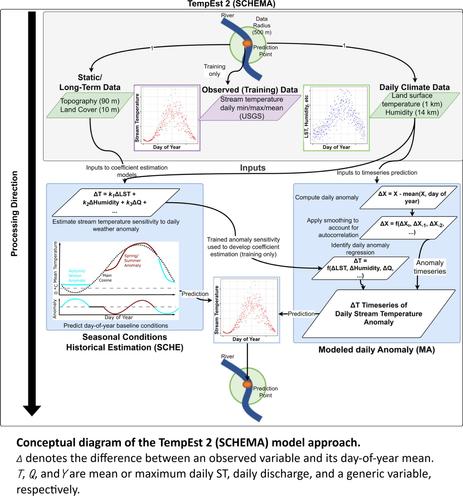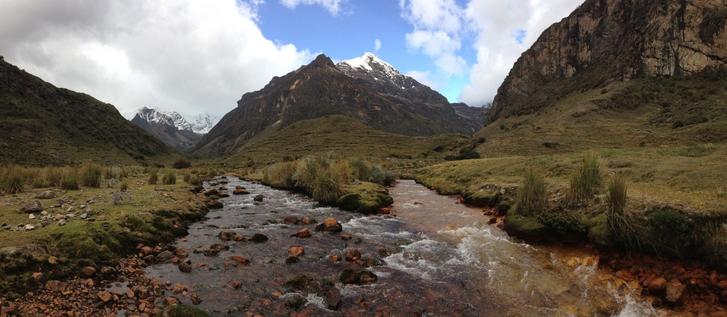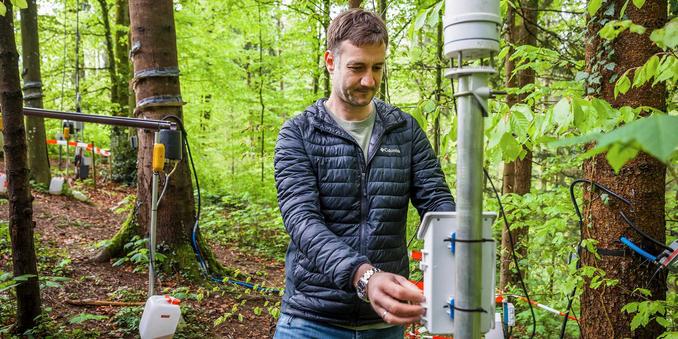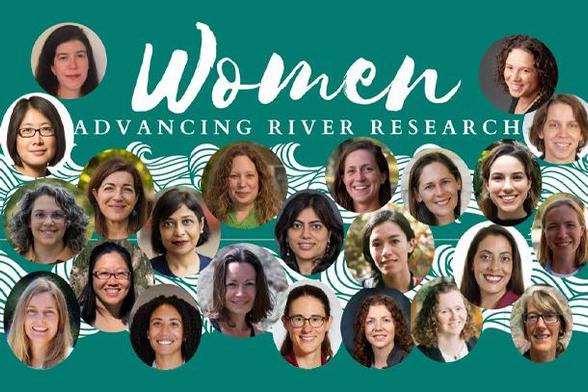A tsunami that never ends? Study highlights a looming West Coast risk.
“The pressure keeps building below the Earth’s surface off the coast of the Pacific Northwest, and a multi-layered disaster could strike at any time.
“A huge earthquake is brewing along the Cascadia Subduction Zone that could destroy bridges, reshape the landscape and trigger a massive #tsunami. Scientists have known about the looming danger for years, but ongoing #research keeps painting a clearer picture of what could happen.
“Among the dangers: A huge tsunami that will wash over coastal areas and permanently flood them... The quake is a certainty, but could be hundreds of years off...”
We were ruminating about whether it would ever be possible for good governance to mandate the pullback of wealthy coastal property owners.
Insurers rely too much on the billionaires' premiums (and share investments) ever to deny coverage to them, since those companies will always get the less privileged to subsidize landowners' liabilities, and underwriters are certain to get public bailouts after their inexorable losses.
So of course the answer is to defund all research.
#climate #coastalManagement #hydrology #tides #Oregon #floods #insurance #disaster #seismology
https://www.aol.com/tsunami-never-ends-study-highlights-100237539.html
